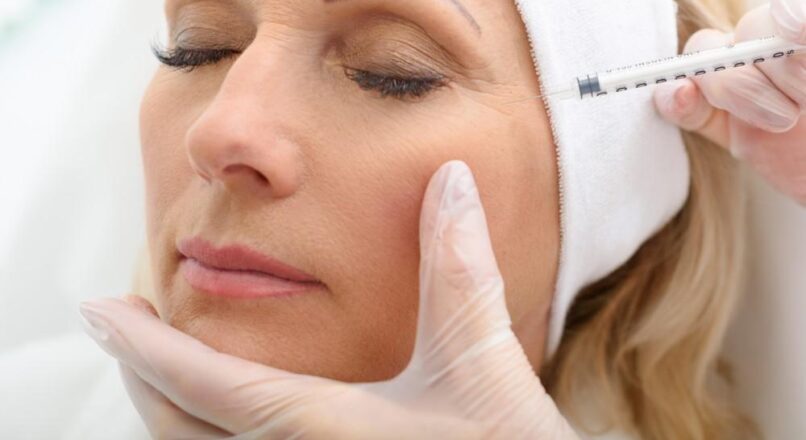
“How to Ensure Natural-Looking Results with Botox”
Temporomandibular joint (TMJ) disorders are a common condition affecting the jaw joint and surrounding muscles, leading to pain, discomfort, and restricted movement. Symptoms can include jaw pain, headaches, teeth grinding, and clicking sounds in the jaw. One effective treatment option that has gained attention for managing TMJ disorders is Botox. If you’re considering Botox injections in Islamabad for TMJ, this blog will provide an overview of how Botox can help alleviate symptoms and improve your quality of life.
What is TMJ Disorder?
TMJ disorder refers to a range of issues affecting the temporomandibular joint, which connects the jawbone to the skull. This joint is responsible for the smooth movement of the jaw during chewing, speaking, and other activities. When the joint or surrounding muscles become inflamed, strained, or misaligned, it can lead to various symptoms, including:
- Pain or tenderness in the jaw, face, or neck
- Difficulty opening or closing the mouth
- Clicking or popping sounds when moving the jaw
- Headaches and earaches
- Teeth grinding or clenching
How Botox Can Help with TMJ Disorders
- Relaxing Muscles: Botox, or botulinum toxin, works by temporarily paralyzing the muscles into which it is injected. For TMJ disorders, Botox is injected into the masseter and other muscles involved in jaw movement. By relaxing these muscles, Botox can reduce the intensity of muscle contractions, which helps alleviate pain and discomfort associated with TMJ disorders.
- Reducing Teeth Grinding: Teeth grinding or bruxism is a common issue for individuals with TMJ disorders. By targeting the masseter muscles, Botox can help decrease the frequency and intensity of grinding, thereby reducing associated pain and preventing further damage to the teeth and jaw.
- Pain Relief: Botox can provide significant relief from TMJ-related pain. By reducing muscle tension and inflammation, Botox helps to alleviate the pressure on the TMJ and surrounding structures. This can lead to improved jaw function and a reduction in pain symptoms.
Treatment Protocol
Botox treatment for TMJ disorders is typically administered through a series of injections into the affected muscles. The procedure is relatively quick and minimally invasive, often taking about 15-30 minutes. Patients may experience some initial discomfort at the injection sites, but this usually resolves quickly.
The effects of Botox can last for several months, with many patients experiencing noticeable relief from their TMJ symptoms within a few weeks of treatment. Repeated treatments may be necessary to maintain results and manage ongoing symptoms.
Consulting with a Specialist
If you are considering Botox injections in Islamabad for TMJ disorders, it is essential to consult with a skilled healthcare provider who has experience with this treatment. A qualified specialist can evaluate your condition, discuss your treatment options, and determine whether Botox is a suitable choice for you.
Conclusion
In summary, Botox offers a promising solution for managing TMJ disorders by relaxing muscles, reducing teeth grinding, and providing pain relief. Its minimally invasive nature and potential for significant symptom improvement make it an attractive option for those suffering from TMJ-related issues. For expert care and personalized treatment plans, Enfield Royal Clinic provides comprehensive services to help you manage TMJ disorders effectively. To learn more about their Botox treatments and schedule a consultation, visit their website.

Leave a reply